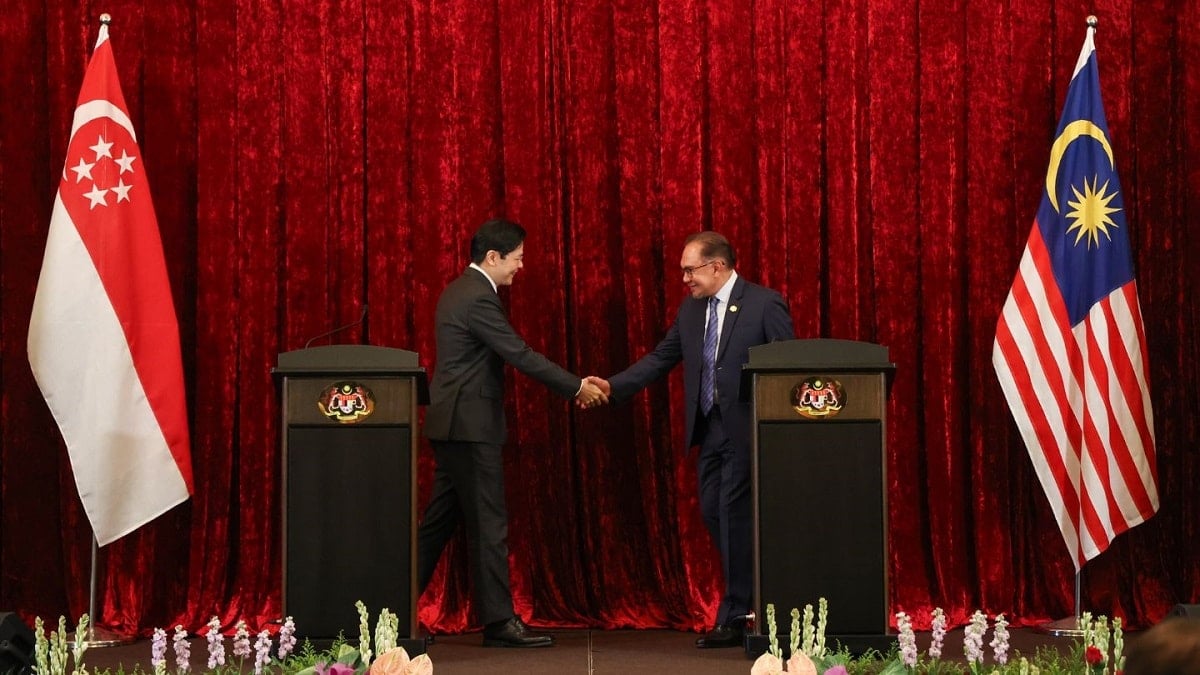
This special economic zone covers more than 3,500 km² in Johor state, four times the size of Singapore, and is aimed at developing high-tech industries such as aerospace, medical devices, pharmaceuticals, chemicals and electronics. It is predicted that the influx of capital from Singapore into Johor will lead to a significant increase in business and work-related travel. However, the transport infrastructure connecting the two sides of the border has not yet met that expectation.
Currently, people and businesses mainly use private cars, rental cars or cross-border taxis to travel. Although Singapore and Johor are connected by the Causeway Bridge and Second Link Bridge, along with licensed buses and taxis, travel is still complicated because vehicles are not allowed to pick up and drop off at designated stops. Commuters have to stop at designated stations and transfer to other means of transport, making travel time longer and more inconvenient.
According to Mr. Terence Fan, Associate Professor of Singapore Management School (SMU), the lack of a flexible transportation mechanism could hinder the potential of the JS-SEZ project. He commented that the current model makes traveling between the two countries more time-consuming and inconvenient than necessary.
Some Singaporean businesspeople say the current transport system has not kept pace with economic growth. Michelle Toh, a business director who travels frequently to Johor, says the law has not kept up with demand, as cross-border travel has outstripped what current regulations allow.
Faced with this situation, experts have called for the early legalization of private cross-border transport services, such as the technology-based ride-hailing model. Mr. Walter Theseira, lecturer at the School of Business at the Singapore University of Social Sciences , said that this is an inevitable direction, as the demand for private cross-border transport services is currently very large and far exceeds the capacity of private vehicles.
While the two countries’ ministries have discussed the possibility of opening up the service, the legal framework remains unclear. Singapore is concerned that full liberalization will affect the livelihoods of domestic taxi and ride-hailing drivers. In addition, the difference in operating costs also complicates the issue of competition, specifically, Malaysian drivers benefit from subsidized fuel prices, while Singapore drivers face higher costs.
In September 2025, Singapore’s Land Transport Authority (LTA) said it was considering expanding the existing cross-border taxi model, including adding more pickup and drop-off points, allowing larger vehicles and introducing app-based bookings. However, the authority has yet to commit to allowing door-to-door pick-up services, something many passengers have been clamoring for.
Meanwhile, real demand has fueled a thriving black market. Dozens of drivers have been arrested in recent raids for providing illegal transportation services between Singapore and Johor. Authorities warn people against using illegal services due to safety and insurance risks, but the “underground” services are still bustling, often using minivans such as Toyota Alphard or Hyundai Starex to pick up passengers at their doorsteps.
The JS-SEZ project is expected to be a new symbol of cooperation between two of Southeast Asia’s most closely linked economies. However, as long as workers and businesspeople have to struggle to travel between Johor and Singapore, the goal of forming a seamless, dynamic economic zone remains unfinished.
Source: https://baolamdong.vn/singapore-va-malaysia-loay-hoay-voi-bai-toan-ket-noi-giao-thong-xuyen-bien-gioi-394670.html



![[Photo] Prime Minister Pham Minh Chinh chairs the 16th meeting of the National Steering Committee on combating illegal fishing.](https://vphoto.vietnam.vn/thumb/1200x675/vietnam/resource/IMAGE/2025/10/07/1759848378556_dsc-9253-jpg.webp)








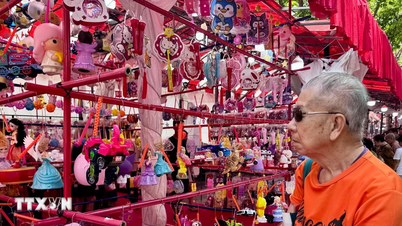




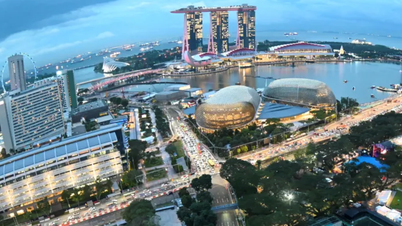










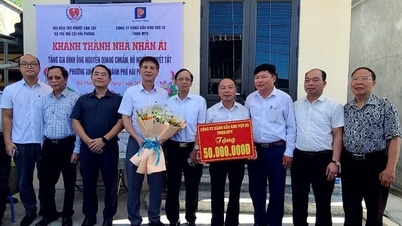




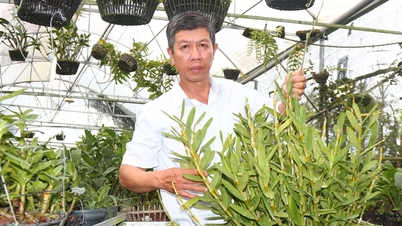




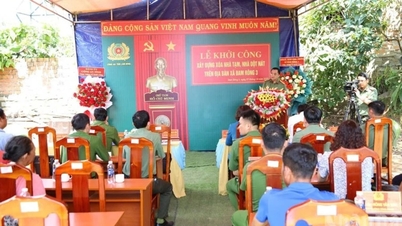
![[Photo] Super harvest moon shines brightly on Mid-Autumn Festival night around the world](https://vphoto.vietnam.vn/thumb/1200x675/vietnam/resource/IMAGE/2025/10/07/1759816565798_1759814567021-jpg.webp)


































































Comment (0)